Nicodemus
TPF Noob!
- Joined
- Jan 28, 2005
- Messages
- 14
- Reaction score
- 0
Hello. I want to start taking some long-exposures at night, generally of dark landscapes, but perhaps later trying some star and moon shots, etc. I'm very much a photography beginner in general, and was wondering if anybody had any advice on some general guidelines for the sorts of exposure times required for different situations, f/stop to be used, etc. Is a light-meter necessary for that sort of thing? Or does that not apply once you're attempting exposures that are minutes or hours long? Thanks!



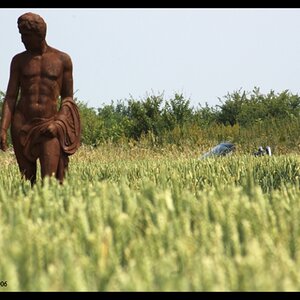
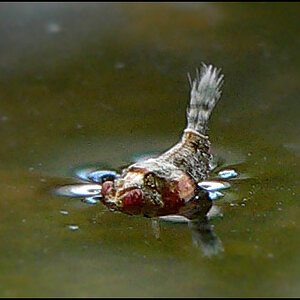
![[No title]](/data/xfmg/thumbnail/36/36658-525087f40e1bdbfe8b995ce4296ef4a6.jpg?1619737675)
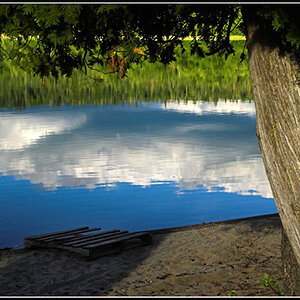
![[No title]](/data/xfmg/thumbnail/40/40310-01bec1b9b7918522bf21a09cf75c5266.jpg?1619739414)
![[No title]](/data/xfmg/thumbnail/35/35946-771bfce9b2727c9126587d96c471da80.jpg?1619737254)
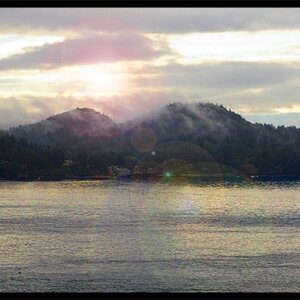
![[No title]](/data/xfmg/thumbnail/42/42482-3d0e794a92737ca7ecbc8125874457aa.jpg?1619740195)
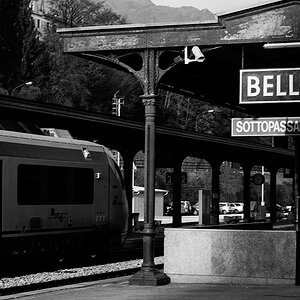
![[No title]](/data/xfmg/thumbnail/37/37538-d4704bfd4f0e4b1941649d81ff8edf2c.jpg?1619738133)
![[No title]](/data/xfmg/thumbnail/35/35931-5e10675f3f7d827bc7ae4689f16bda8a.jpg?1619737234)
![[No title]](/data/xfmg/thumbnail/37/37522-f67b10bc5ee534f9bc21ee94917445b9.jpg?1619738129)